The darbuka, a goblet-shaped drum deeply rooted in Middle Eastern musical traditions, carries a sonic legacy spanning centuries. While its rhythmic voice often takes center stage, the vessel itself—particularly when crafted from clay—holds untold stories in its glazed surface. The art of ceramic darbuka-making intertwines acoustics, aesthetics, and alchemy, where (glazes) transform humble earthenware into resonant instruments shimmering with cultural symbolism.
In the workshops of Jerusalem’s Old City and Tel Aviv’s artist quarters, generations of drum makers have guarded secret formulas like medieval glassblowers. These aren’t mere decorative finishes—they serve as acoustic modifiers, moisture barriers, and cultural signifiers. The turquoise copper oxide glazes favored by Israeli craftsmen don’t just mimic Mediterranean waters; their crystalline structures actually affect high-frequency overtones. Similarly, the iron-rich tenmoku glazes borrowed from Japanese pottery create a warmer, damped sound preferred for classical Arabic maqam performances.
The firing process becomes a high-stakes ritual. Unlike decorative ceramics, darbukas require precise kiln temperatures between 1100-1200°C to achieve optimal porosity. Too vitrified, and the drum loses its woody warmth; underfired, and micro-cracks compromise durability. Master drum makers like Jaffa’s Eliyahu Hassan test each batch by flicking the raw clay body—listening for a specific pitch before application. "The clay must sing before it learns to speak," he remarks, kneading local terra rossa soil mixed with crushed basalt for thermal shock resistance.
Contemporary innovations reflect Israel’s cultural mosaic. Armenian ceramicists in the Armenian Quarter introduced vibrant cobalt blue glazes containing powdered lapis lazuli, creating a distinctive visual echo of Iznik tiles. Meanwhile, Bedouin craftsmen near Be’er Sheva developed matte釉料 using locally sourced manganese dioxide, producing drums that visually blend with desert landscapes while resisting sand abrasion. The most surprising development comes from Haifa’s Technion researchers, who engineered a nano-ceramic glaze that actively dampens unwanted overtones through piezoelectric properties.
application techniques reveal regional fingerprints. Gaza-style darbukas feature thick pooling at the base, creating intentional weight distribution for stability during rapid doum-tek patterns. In contrast, Galilee makers use featherlight celadon glazes applied in concentric rings to preserve the clay’s natural resonance. Some Hebron artisans still employ eighth-century Persian luster glazing methods, building up metallic oxides through multiple firings to achieve a mother-of-pearl sheen that changes hue with playing angle.
The palette carries socio-political undertones. Pre-1948 Palestinian darbukas often featured olive green glazes mixed with crushed za’atar leaves, while early Zionist settlers favored pomegranate red釉料 symbolizing fertility. Today’s collaborative workshops see Jewish and Arab ceramicists developing new hybrids—like a Jerusalem gold incorporating recycled glass from both Temple Mount excavations and Roman-era shipwrecks off Caesarea.
Climate considerations shape chemistry. Coastal makers add sea salt to create crackle glazes that expand contract with humidity shifts, while Negev desert workshops mix with silica sand for thermal expansion matching the clay body. The Dead Sea’s mineral-rich mud has recently emerged as a釉料 ingredient, its high bromide content yielding self-sterilizing surfaces—a practical solution for communal drum circles.
Collectors scrutinize patinas like wine connoisseurs assess vintages. A 1950s Iraqi-Israeli darbuka’s malachite glaze develops dendritic patterns over decades of skin oil absorption, while Yemenite formulations react to UV exposure, gradually shifting from ivory to honey amber. The most prized are Persian garden釉料 featuring miniature landscape paintings suspended under clear glaze, achieved through a long-lost technique recently revived by Isfahan-trained artists now residing in Nazareth.
釉料 defects sometimes birth new styles. An accidental overfiring in a 1970s Acre workshop created the prized meteor glaze—black surfaces streaked with metallic veins resembling asteroid surfaces. Similarly, a batch of contaminated by copper wire during the 2006 Lebanon war resulted in the distinctive katyusha copper speckling now imitated worldwide. As young Israeli ceramicists experiment with made from recycled tech waste (think crushed motherboard glass), the darbuka’s skin continues evolving—one fired layer at a time.
Beyond aesthetics, serves as sonic architecture. Microscopic analysis reveals how iron oxide glazes form magnetite crystals that subtly compress low frequencies, explaining why Egyptian-style darbukas sound "drier" than their Syrian counterparts. Research at the University of Tel Aviv demonstrates how rutile glaze formulations can extend sustain by 18% through controlled energy dispersion across titanium dioxide matrices. Some players even claim certain釉料 respond to lunar phases—a notion that, while scientifically dubious, speaks to the mystical relationship between drummer and instrument.
The future of darbuka points toward smart materials. Prototypes with thermochromic glazes now visually indicate playing intensity through color shifts, while self-healing containing microcapsules of colloidal silica automatically repair hairline cracks. Perhaps most revolutionary are photovoltaic glazes being tested in Haifa, which convert drumhead vibrations into stored energy—potentially powering stage monitors during performances. Yet for all these innovations, the ancient alchemy of earth, fire, and mineral persists in every-kissed curve of these timeless drums.

By /Jun 6, 2025

By /Jun 6, 2025

By /Jun 6, 2025
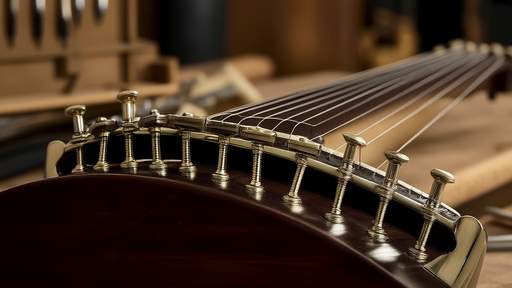
By /Jun 6, 2025
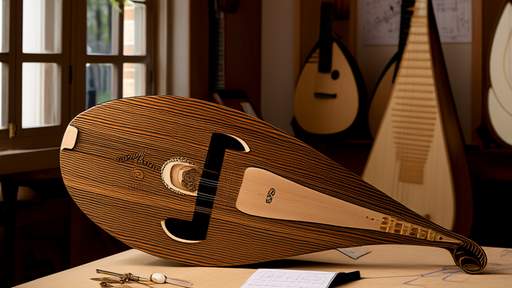
By /Jun 6, 2025
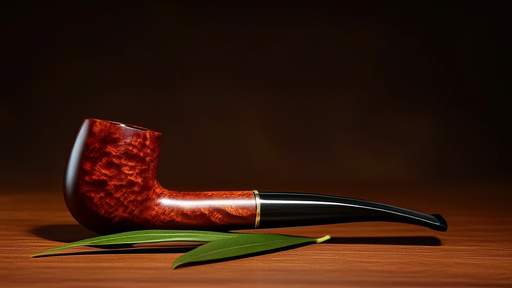
By /Jun 6, 2025
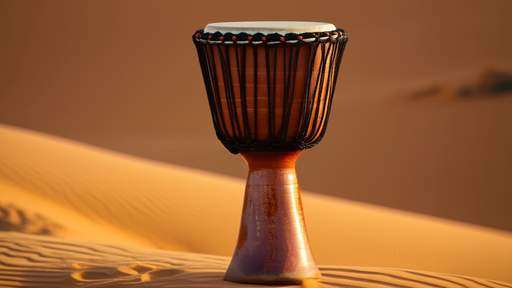
By /Jun 6, 2025
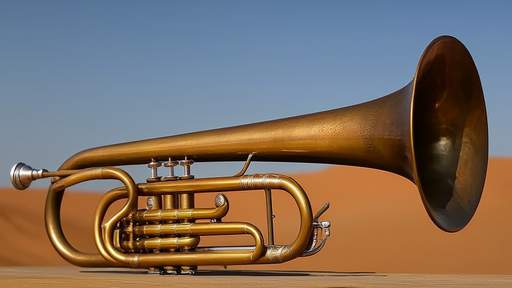
By /Jun 6, 2025

By /Jun 6, 2025

By /Jun 6, 2025

By /Jun 6, 2025

By /Jun 6, 2025
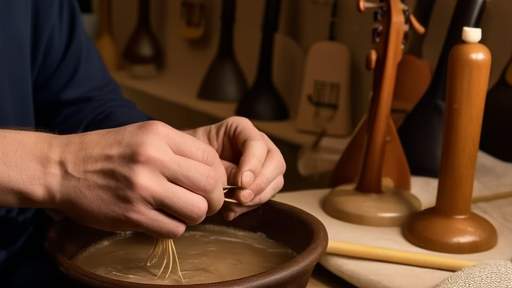
By /Jun 6, 2025

By /Jun 6, 2025
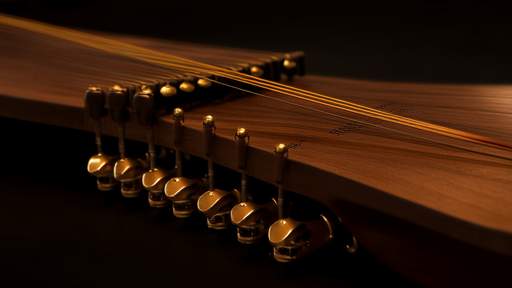
By /Jun 6, 2025
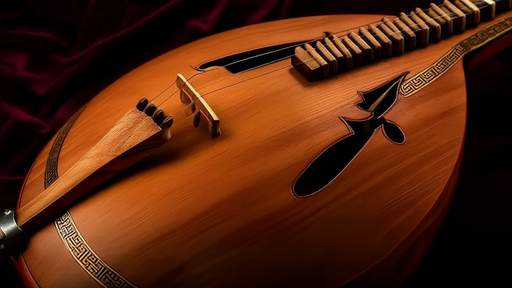
By /Jun 6, 2025

By /Jun 6, 2025
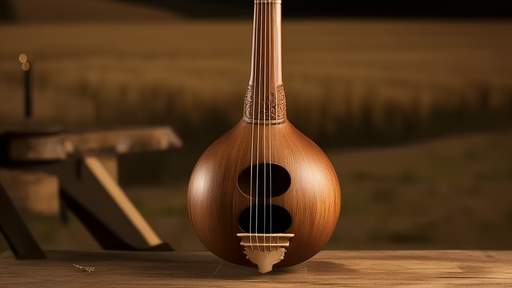
By /Jun 6, 2025
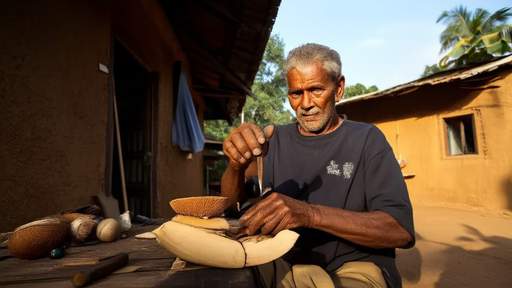
By /Jun 6, 2025
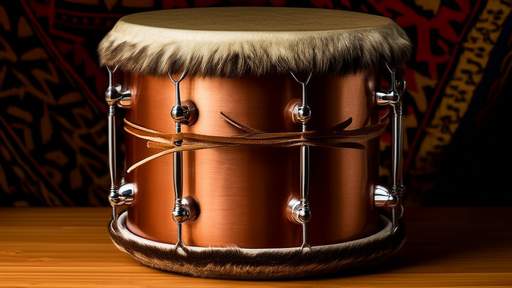
By /Jun 6, 2025